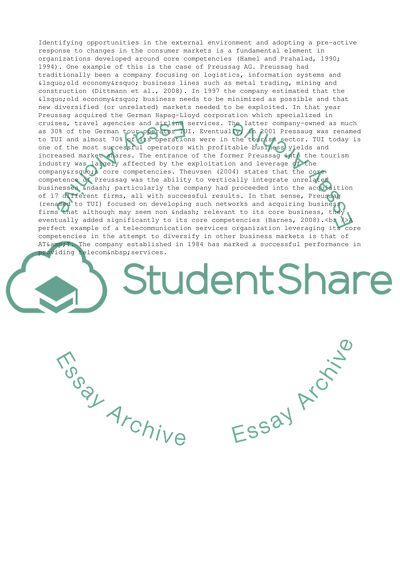Cite this document
(The Core Competence of the Corporation Essay Example | Topics and Well Written Essays - 1500 words, n.d.)
The Core Competence of the Corporation Essay Example | Topics and Well Written Essays - 1500 words. https://studentshare.org/management/1729428-strategic-management-core-competencies
The Core Competence of the Corporation Essay Example | Topics and Well Written Essays - 1500 words. https://studentshare.org/management/1729428-strategic-management-core-competencies
(The Core Competence of the Corporation Essay Example | Topics and Well Written Essays - 1500 Words)
The Core Competence of the Corporation Essay Example | Topics and Well Written Essays - 1500 Words. https://studentshare.org/management/1729428-strategic-management-core-competencies.
The Core Competence of the Corporation Essay Example | Topics and Well Written Essays - 1500 Words. https://studentshare.org/management/1729428-strategic-management-core-competencies.
“The Core Competence of the Corporation Essay Example | Topics and Well Written Essays - 1500 Words”. https://studentshare.org/management/1729428-strategic-management-core-competencies.


